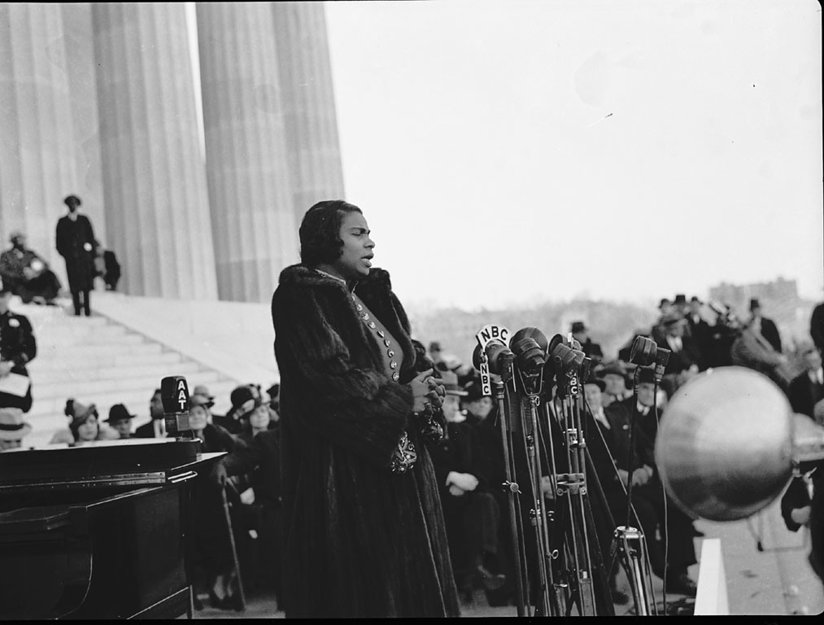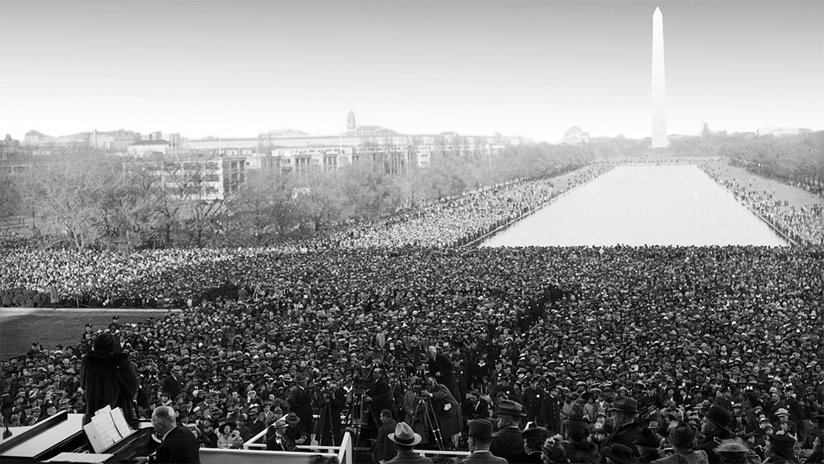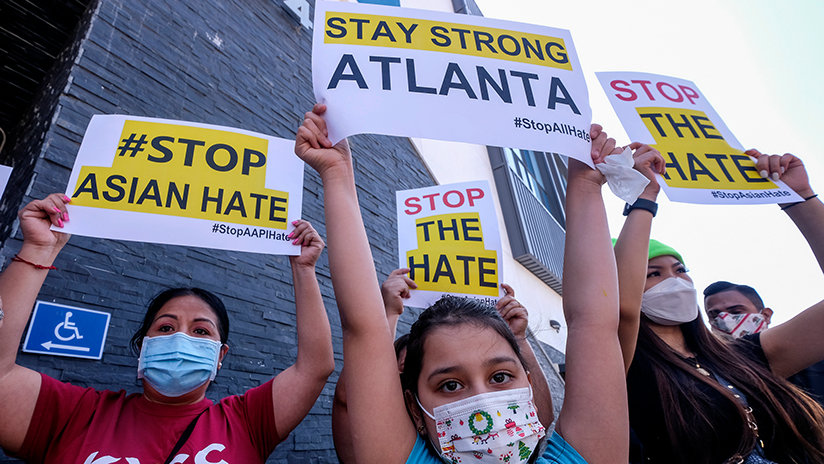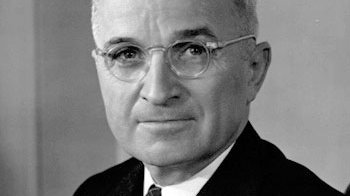
-
HOME
-
WHAT IS STANDOur Mission Our Values Our Help Contact
-
WHAT WE FIGHT FORReligious Freedom Religious Literacy Equality & Human Rights Inclusion & Respect Free Speech Responsible Journalism Corporate Accountability
-
RESOURCESExpert Studies Landmark Decisions White Papers FAQs David Miscavige Religious Freedom Resource Center Freedom of Religion & Human Rights Topic Index Priest-Penitent Privilege Islamophobia
-
HATE MONITORBiased Media Propagandists Hatemongers False Experts Hate Monitor Blog
-
NEWSROOMNews Media Watch Videos Blog
-
TAKE ACTIONCombat Hate & Discrimination Champion Freedom of Religion Demand Accountability
Women’s History Month: Celebrating the Voice That Sang a Nation Into Change
When one thinks of women who pushed the boundaries of civil rights, one seminal figure is rarely mentioned. Her name was Marian Anderson.
Marian didn’t think of herself as a political figure yet her actions helped millions begin a conversation about the evils of discrimination and served as an inspiration to the young boy who would grow up to become the most prominent civil rights leader of all time.

Marian grew up in a family that struggled financially but was rich in community. When, as a child, her local congregation noticed her incredible singing voice, they supported her efforts to get professional training.
Unfortunately, private schools of the time refused to admit her because of her race. But with the financial backing of the congregation, she secured training with Giuseppe Boghetti, a Philadelphia-area opera teacher who was unafraid to take a Black student under his wing.
Anderson thus became a symbol of the urgent need of civil rights for all Americans.
Later in 1925, when Anderson was 28, Boghetti encouraged her to enter a New York Philharmonic competition. Facing off against 300 other aspiring singers, Anderson won and was awarded a solo performance at Lewisohn Stadium in New York City before a crowd of 7,500.
Anderson then ventured to Europe and wowed audiences throughout the continent.
Now she was a bona fide star.
After returning home in the late 1930s, her agent suggested she apply to perform at Constitution Hall, the preeminent venue for classical music, owned by the Daughters of the American Revolution (DAR). The DAR first rejected Marion’s application, citing no available dates. Later they indicated that she wouldn’t be allowed to perform there because of her race.

When Eleanor Roosevelt found about this injustice, she resigned her membership in DAR—a high-profile defection which set off national discussion about discrimination, especially towards such an obviously able artist.
But Roosevelt went further than simply submitting a resignation as a symbol. She arranged for Anderson to perform at the Lincoln Memorial.
More than a phenomenal singer, Marian was a unique and vital symbol of the insanity of discrimination.
The performance was a rousing success, with more than 75,000 people in attendance and broadcast live to millions more.
Marian Anderson thus became a symbol of the urgent need of civil rights for all Americans.
Through art and art alone, Marian galvanized Americans of goodwill to reconsider the ubiquitous policies of Jim Crow and inspired young Black people to dismantle those hateful policies.
One such young person was 10-year-old Martin Luther King, who listened to Marian Anderson’s broadcast at the Lincoln Memorial.
When, years later, MLK convened his March on Washington and delivered his famous “I Have a Dream” speech, he asked Anderson to perform there.
More than a phenomenal singer, Marian was a unique and vital symbol of the insanity of discrimination.
Her career became one of the sparks that set off the Civil Rights Movement.
We are forever in her debt.









